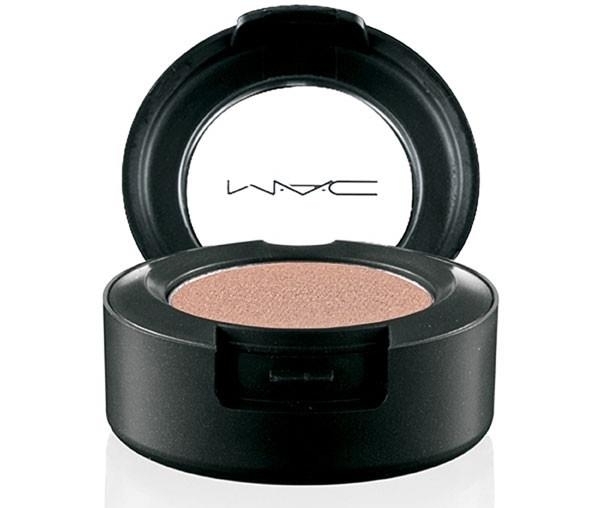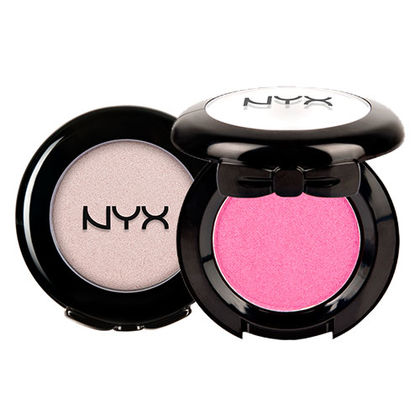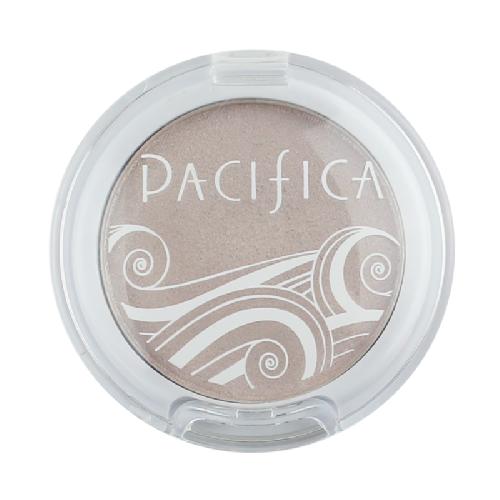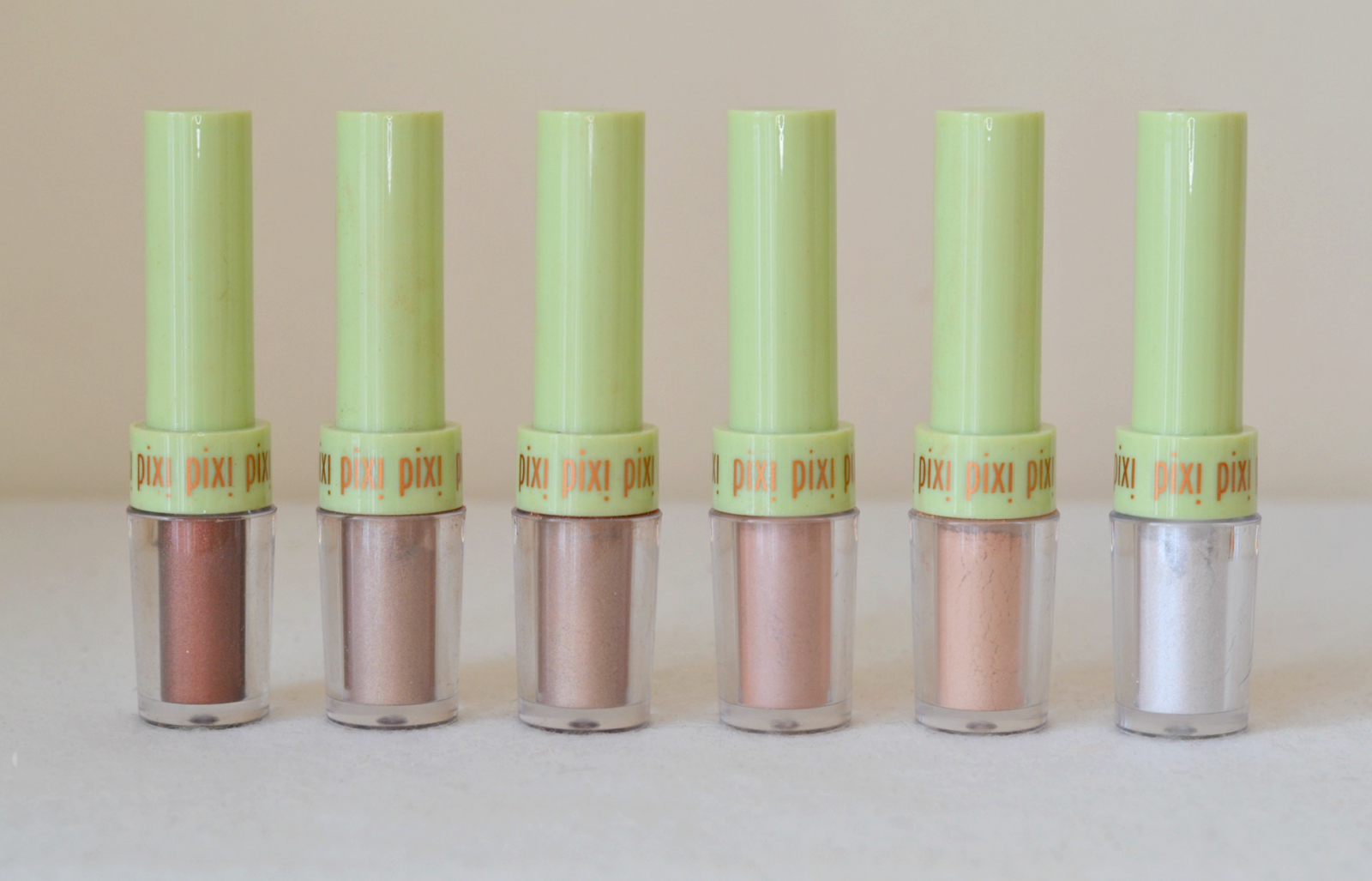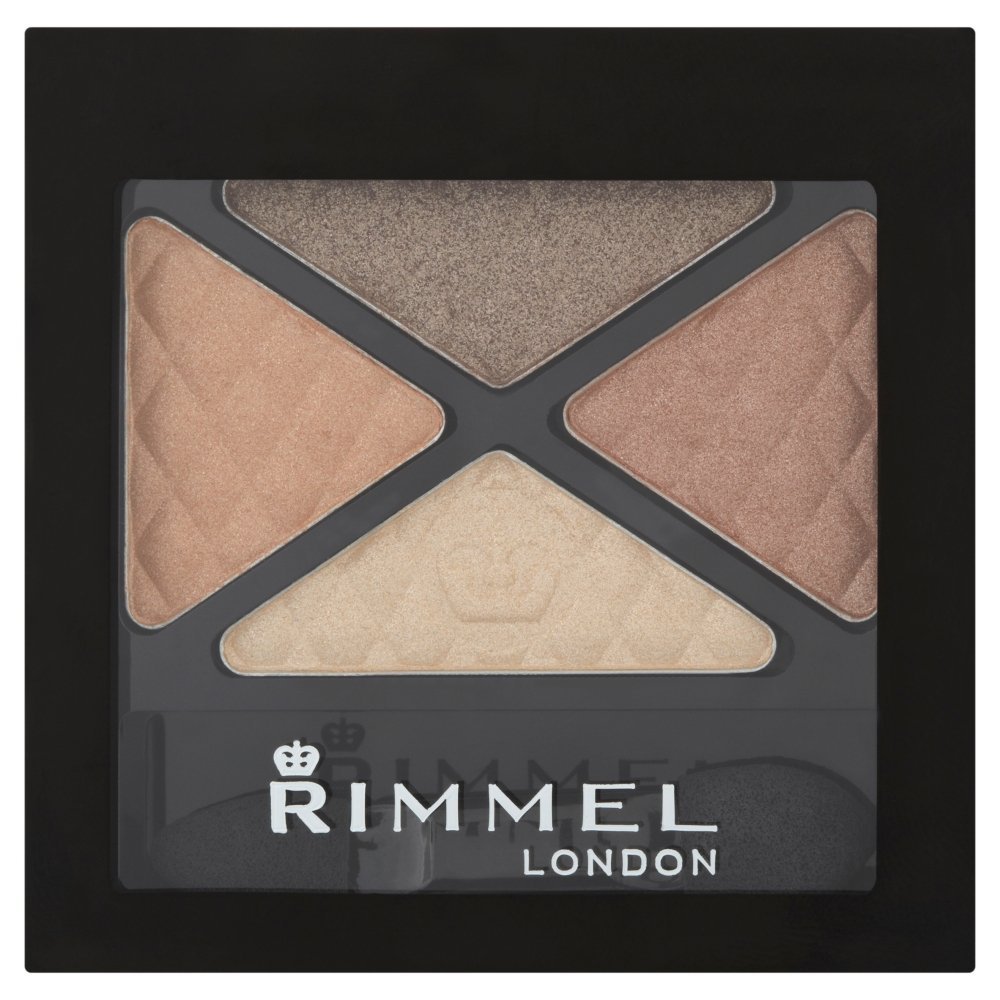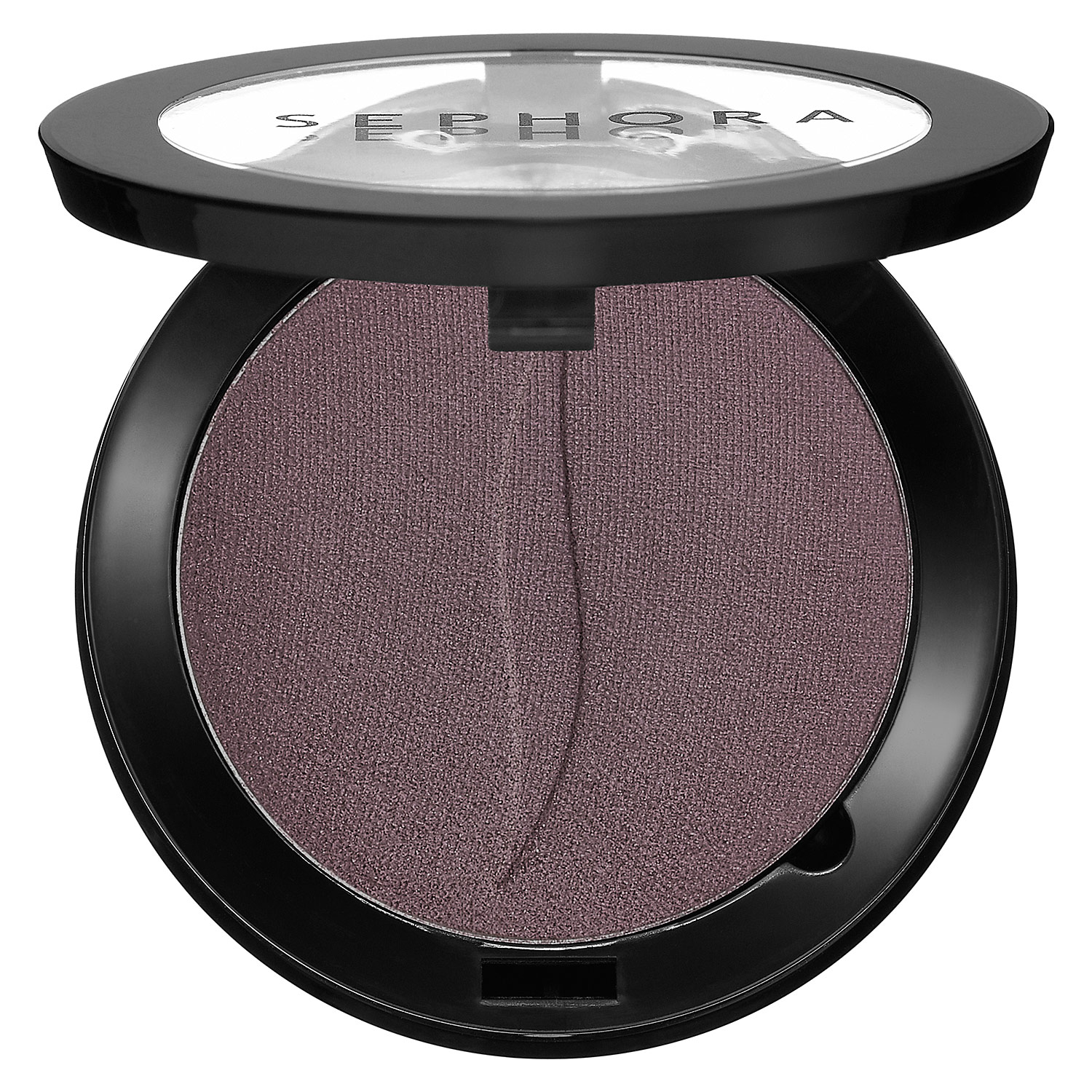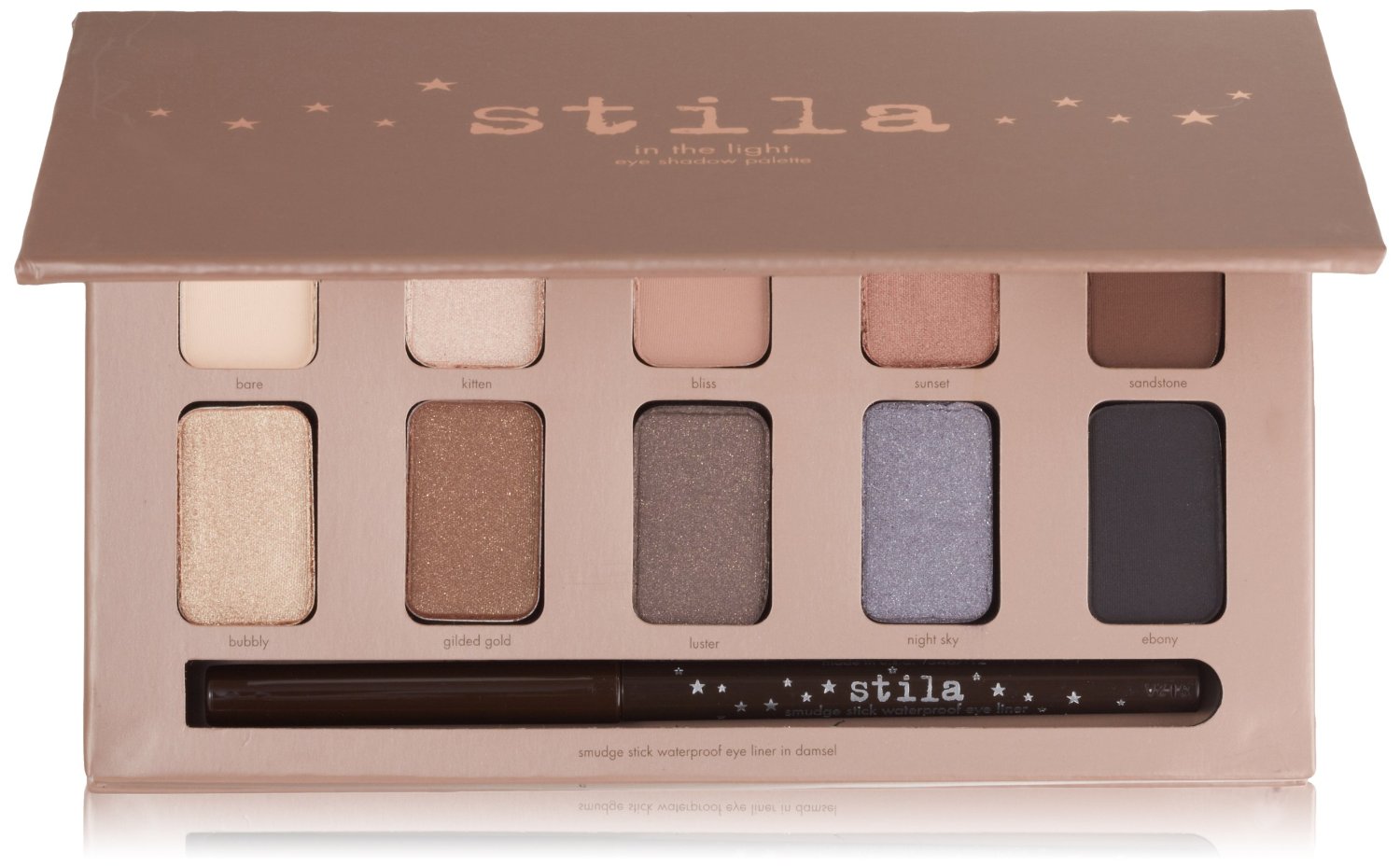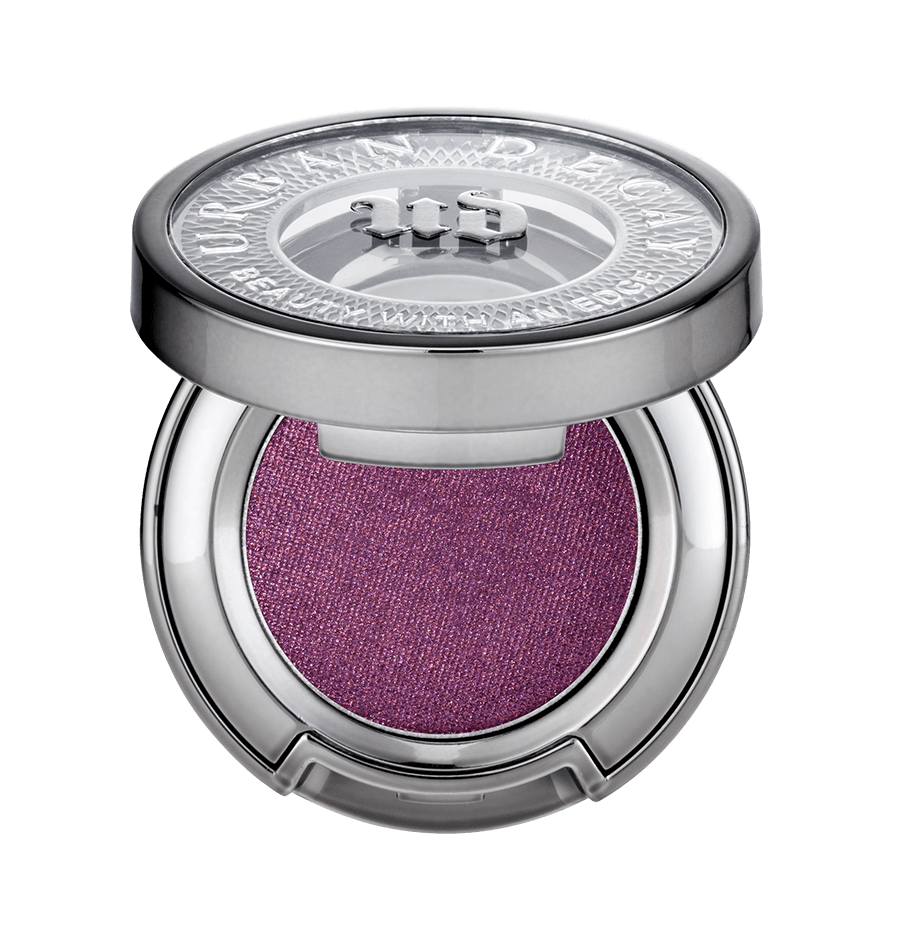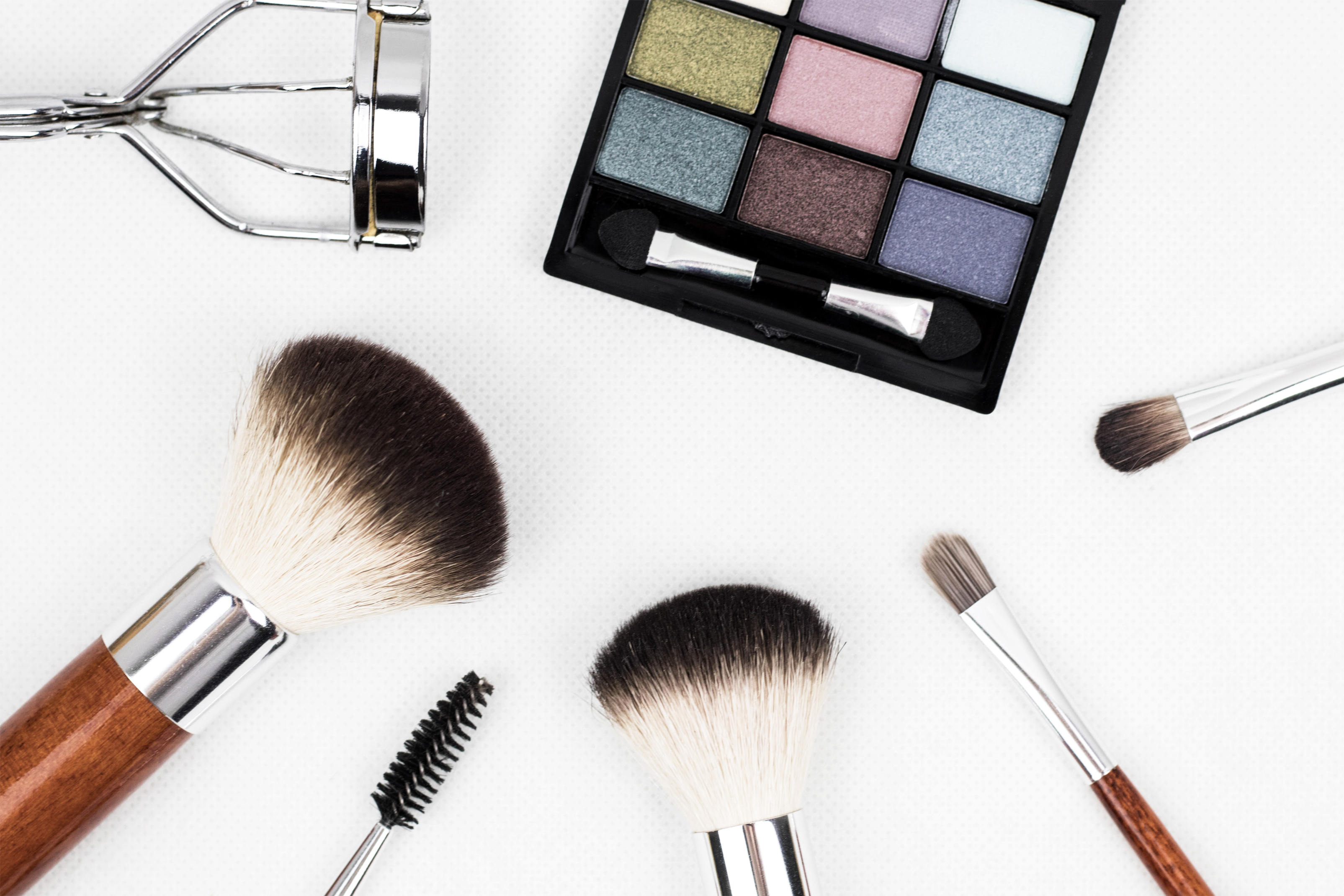
Which of these two items seems most “natural” to you: a tube of mascara or a pot of eyeshadow?
You might be tempted to choose the eyeshadow, which, in its purest and simplest forms, is just pressed pigment. But it would seem the cosmetic industry is a bit more complex than that, and neither the mascara nor the eyeshadow in this scenario is really off the hook.
A version of this article previously appeared on Selva Beat Magazine.
Scientific discovery has been invigorating the beauty industry in a big way for decades; products can now boast 24-hour wear, color stay, and crease-less finishes. All-natural make-up is great but even the strongest proponents (us included) of its value cannot argue its longevity. To achieve all-day, no fade make-up, you must explore commercially manufactured chemical compounds. There’s nothing wrong with the science behind this; the trouble begins when companies, in the interest of profit, act with haste and utilize either ill-researched or unsustainable resources. The back and forth regarding the ultimate safety of these ingredients do make me wonder: Do our collective smoky eyes really need it? Is any of this genuinely worth the trouble?
While the jury may still be out on the enduring toxicity of certain chemical compounds in your make-up, the environmental destruction linked to sourcing some ingredients can be viewed in real time. Conflict palm oil, one of the world’s leading drivers of tropical deforestation and habitat loss, is found in nearly all mainstream cosmetics–even eyeshadow. Most popular shadows today (seen below) use one or more of the following ingredients:
Caprylic/Capric Trigylceride
Caprylyl Glycol
Cetearyl Isononanoate
Ethylhexyl Palmitate
Ethylhexyl Stearate
Glycerin
Magnesium Stearate
Magnesium Myristate
Octyldecyl Stearoyl Stearate
Polyglycerol-3 Diisostearate
Zinc Stearate
All of these ingredients utilize fatty acid building blocks that are likely derived from palm oil. In fact, sixty-percent of palm oil consumed globally is in the form of palm oil derivatives, a subgroup of products that is majorly under-regulated. While the 10+ ingredients above could be made from another kind of oil, like coconut or soy, it’s impossible to know without direct confirmation. And though we could easily give you the answer for several of the brands below, it’s important that we as a group ask these questions, letting companies know that conflict palm oil is a concern for the many, not the few.
Click the links to any of the familiar brands (including cruelty-free favorites like Urban Decay and Pacifica) below to be directly linked to their contact form. Please, consider engaging in a constructive discourse with these brands today and inquire about their sourcing practices:
• Do these eyeshadows contain unregulated palm-oil?
• If the palm-oil is claimed to be sustainable or certified, is it actually fully traceable?
• Is said palm oil deforestation-free?
These are all important factors we have to consider when trying to decipher both the sustainability and impact of our make-up.

